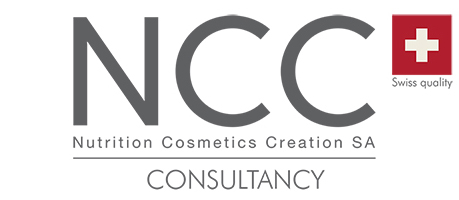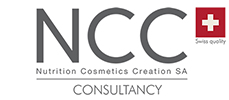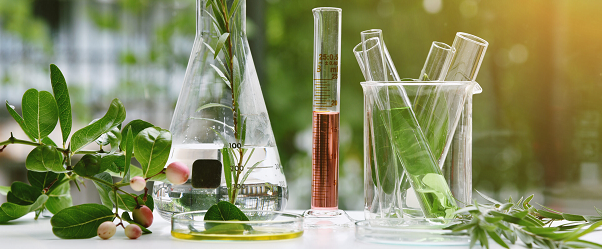Historically using vegetable raw materials, the cosmetics industry is now turning to green formulation. How does it go about it? In what interest? What is the difference with greenwashing?
.
.
Green formulation, what is it?
In the cosmetics sector, the approach aims to offer qualitative and effective products while guaranteeing respect for the environment. Thus, it is a question of giving priority to natural resources such as plant ingredients from organic farming. But also to reduce the need of necessary energy for their formulation and packaging use.
Note that there are different stages of transformation towards a greener formulation. Some manufacturers start their transformation towards natural products that are good for the environment and will be satisfied with a few modifications. Others will continue and intensify a transformation already started by offering totally green and natural products, with labels for example (organic, Ecocert). In this context, a large number of active ingredients and excipients suppliers for the cosmetics industry have adapted and now offer Ecocert products.
To sum up, a green formulation is a vegetable sourcing and a green, renewable and ecological chemistry. Everything is designed and implemented to reduce and eliminate the use or generation of substances that are harmful to the environment.
We can mention some of the major brands that are innovating in this direction. We find L’Oréal, which has set itself the goal of reducing its greenhouse gas emissions, waste generation and water consumption per finished product by 50%. Or Yves Rocher, which uses ingredients processed at 30-35° instead of 80° previously. They also use cold emulsions that save time and money and reduce their energy consumption.
Green chemistry
Today, the progress of “green chemistry” allows natural or organic cosmetics to be just as effective as petrochemical cosmetics. For example, it is now possible to produce hyaluronic acid by combining small bacteria with wheat and thus protect against the effects of aging.

But in fact, what is the difference between a natural cosmetic and an organic cosmetic?
In terms of formulation, organic cosmetics are necessarily natural. It meets very precise specifications, most often with Ecocert, BDIH, Natrue, Cosmebio, etc. certification.
On the other hand, the “natural” product does not necessarily have any certification. A good natural product must contain a very high percentage of natural ingredients, between 90 and 95% of its formula. Below 85%, it is classified as a conventional cosmetic.
Green formulation, what is the point?

An environmental aspect
As we mentioned earlier, the environmental aspect is a crucial issue in the development of “greener” products. The cosmetics industry seeks to preserve the environment, while adapting to changes in consumption patterns sometimes implemented during the confinements. Without forgetting to meet the demand of new generations. They feel they are actors of their consumption and have a rather natural approach in terms of cosmetics.

A health aspect
Beyond the environment, natural and organic skin care products are above all healthy for the skin. Indeed, they do not contain ingredients of petrochemical origin, such as mineral oils, silicones, and other ingredients that can be toxic in the long term.
Natural products offer the guarantee of applying a biodegradable product to your skin. Indeed, the majority of natural ingredients are not stored by the body like vegetable dyes, which are deposited on the hair but do not penetrate the hair.
Another example is organic lipsticks, which make up your lips while caring for them.
What constraints?
There are however some constraints to green formulation. And for good reason, plant materials are living, they are natural and can affect the harmonization of the products. It is possible that some ingredients smell strong. In particular the oily extracts known as apolar which concentrate molecules very typified in odor. They can also be colored. Then, it is necessary to be able to formulate by taking into account the specificities, the modes of conservation and the solubilities of each ingredient. Reasons why some brands see too much complexity in green formulations and unfortunately prefer to turn to greenwashing.
.
The use of greenwashing
Greenwashing is a marketing process that aims to give a green and responsible image to a company or a product range (in the case of cosmetics) that is quite far from reality. The practice of greenwashing is misleading and can be assimilated to misleading advertising.
How to spot it?
The brand relies on a “nature” atmosphere with a product or brand name that evokes nature and softness. It reinforces its impression of nature with a transparent or green packaging but also a logo or a suggestive image evoking a forest, a tree or a flower. It does not hesitate to use an ecological jargon somewhat misleading.
The brand highlights a natural and/or organic ingredient or a composition “Without such ingredient”, “0% silicones” without proposing a natural or certified formula.
.
.

Some “self-labels” can also be misleading and only labels that are well known are worthy of your trust. Thus, for people who want a natural and certified organic product, we can quote ECOCERT, QUALITY FRANCE, NATURE et PROGRÈS, COSMEBIO, NATRUE, BDIH, ICEA, ECO-GARANTIE, etc. You will find a very simple guide to better understand them by clicking here
To conclude, each one advances at its own pace towards a green transition which, on an ecological and health aspect, represents a positive innovation.
More than ever, beauty is a perfect combination of cosmetics and nutrition. Do you want to innovate or are you simply curious?



